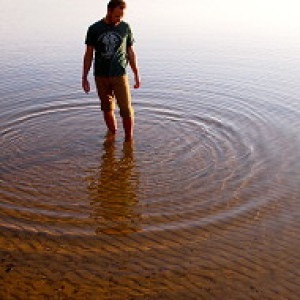Old Malacca
"The population of Malacca consists of several races. In costume these several peoples are as varied as in their speech. The English preserve the tight fitting coat, waistcoat, and trousers and the abominable hat and cravat; the Portuguese patronize a lighter jacket, or more frequently, shirt and trousers only; the Malays wear their national jacket and sarong (a kind of kilt), with loose drawers; while the Chinese never depart in the least from their national dress, which, indeed, it is impossible to improve for a tropical climate, whether as regards comfort or appearance. The loosely-hanging trousers, and neat white half-shirt half-jacket, are exactly what a dress should be in this low latitude."
~ Alfred Russel Wallace, Malacca and Mount Ophir 1854
Indeed, during the few days Michel and I spent in Malacca the heat was like a suana. I tried to take Wallace's advice by dressing lite in loose fitting Thai fishermen pants with a tea shirt. Like him we saw scores of different kinds of people. Chinese, Malay, Indian, Sikh, and European all mixed together in the historic streets of the old city, now a UNESCO world heritage site. Here tiny shops still cling to their specialized artisan industries, delicious eating houses lie behind every doorway, and the architecture mirrors the waves of the cities occupation from the Chinese to the Portuguese to the British.
Malacca's one time ascent to greatness was all about location. During the 15th century the great trading empires of China, India, and Arabia intermixed and traded by sea. At the tip of the Malay Peninsula between these great empires Malacca grew from a sleepy fishing village to the most powerful trade center of the time. Zheng He's famous trading fleets even called to port here in the 1400's. So valuable was Malacca for trade to the Ming emperor that he sent the princess Han Li Po to marry sultan Sanshar Shah, thereby solidifying a powerful trade alliance and a long history of Chinese influence. Princess Han Li Po along with her 500(!) attendants began a distinct Chinese-Malay cultural tradition in Malacca. This unique Chinese-Malay culture is known as Baba Nyonya - best represented in arts, architecture, and the delicious cuisine this city is famous for.
- 0
- 0
- Olympus E-P1
- 1/100
- f/6.3
- 15mm
- 200

Comments
Sign in or get an account to comment.


